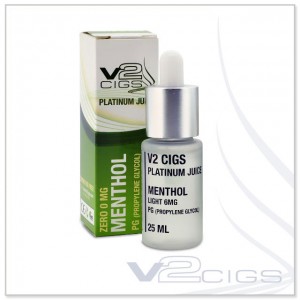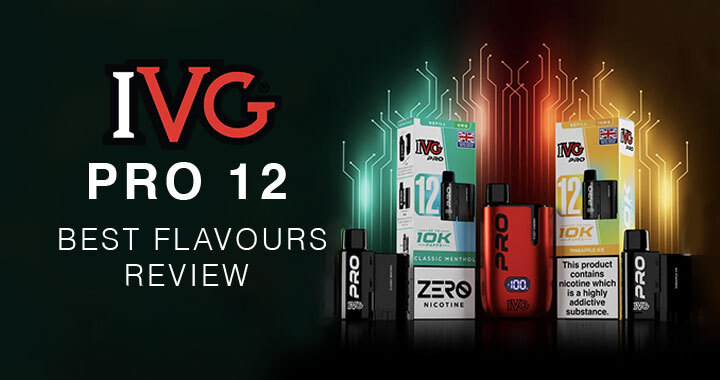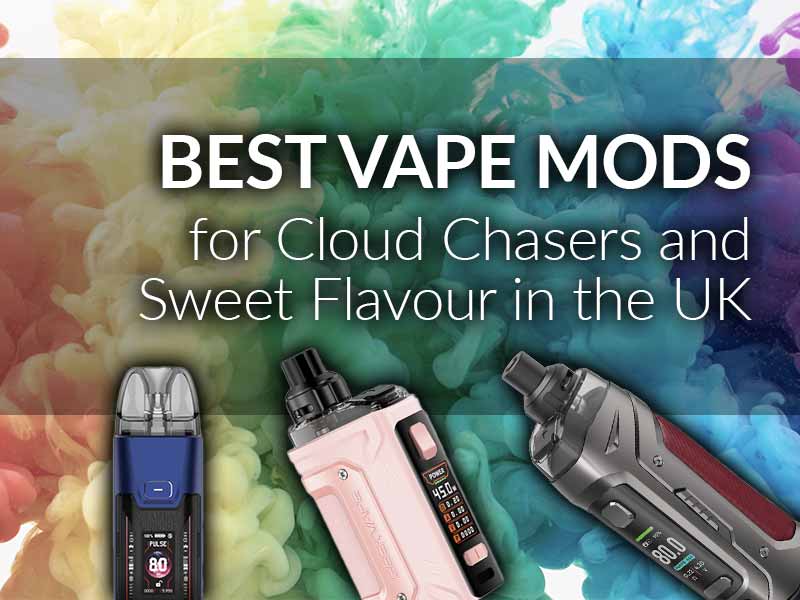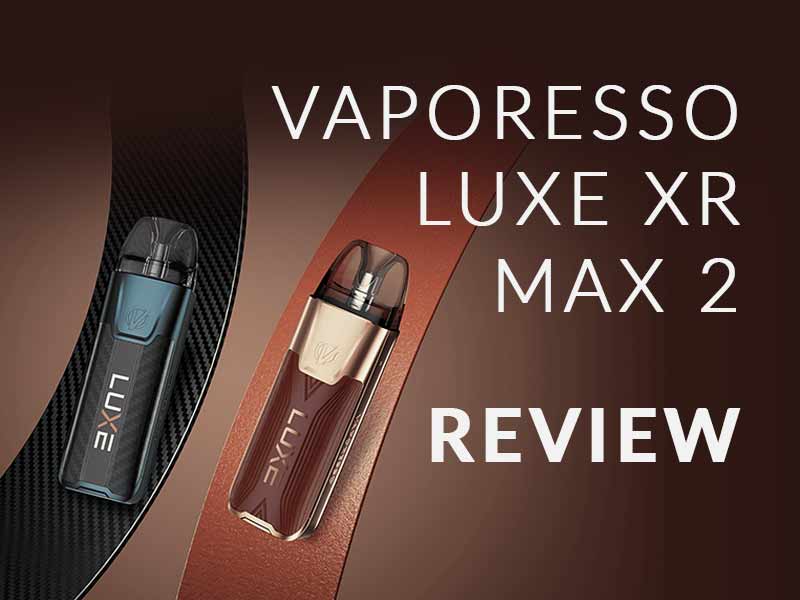How Pure Is My Liquid? What am I inhaling?
Is what I am putting into my body pure?
Is the e-liquid I’m using safe?
At the moment, there are limited regulations on e-cigarettes, meaning that, unlike foods or medicine, they do not have to be labelled with a full list of all ingredients. This means that many people are using e-cigarettes without knowing what they’re smoking. We don’t think this is right. In an unregulated market you must be on your guard.
Why isn’t my E-Liquid Pure? Can I tell?
A lot of companies do an initial laboratory test of an initial batch of e-liquid. They then can go on to use the same report a week later, 6 weeks later, 6 months later. That is they use the original lab report to reflect the current e liquid ingredients! This would not be acceptable for medicines or even food.
There is nothing to say where they are made (China?) or if they maintain the same purity, keep the pharmaceutical grade ingredients, and keep the same pure quality as the first tested batch.
So how can I even tell what’s in my liquid?
One of the few companies who have committed themselves to clearly labelling all ingredients present in their liquid is Platinum E Liquid by V2. Further to this you can even go on their website for a full breakdown, and you can even view the batch report on the specific batch of liquid you have purchased here.
They batch test every single batch and publish it so you know 100% that each batch is the same quality as the first one, and all their liquids are pure. Lets be honest, do the people in China & India really care what we are inhaling? Corners can and will be cut, be sure of what you are putting into your body! E liquid production is unregulated!
ECOpure Liquid, now replaced by the clean organic 100% VG ECOvape VSAVI e-Liquid, are also really good e-liquids, they only use pharmaceutical grade ingredients, fewer ingredients than other brands and look at it from a health perspective. The new Vype and vPure e liquid range offers are now only PG/VG mix.
The Platinum E-Liquid from V2 and the ECOpure & ECOvape VSAVI liquid are the only recommended E-Liquid. Using anything untested is madness.
 E Liquid health concerns in the media:
E Liquid health concerns in the media:
There has been a massive concerns in the media about how safe E Liquid actually is, a report from the New York Times threw out some scary information stating “a teaspoon of highly diluted liquid can kill a small child” – This report unfortunately really did miss the point entirely. It’s akin to a newspaper showing the dangers of a regular smoker burning down a house because of smoking – its irresponsibility not the liquid which could cause these problems.
What we really want to look into with E-Liquid is what inhaling it does to our bodies, especially if we are looking for a healthier alternative to smoking. Currently electronic cigarettes are not approved as a smoking cessation product, but things like Nicorette quick mist are.
Is E liquid strength important
Getting the right strength of e liquid is paramount, too weak and there can be a tendency to “over vape”. Not only will this mean the cost of vaping increases but there may also be a health consideration. The Sun carried out an experiment which although not comprehensive or based on medical guidelines did highlight a potential issue regarding e liquid strength. The NHS have picked up on this information and provided an interesting report. “Vapers may inhale more toxins with lower-strength e-cigarettes“. See the NHS Vape report which highlights the issue of e liquid strength.
Conclusion
The main thing all this boils down to are organisations like the World Health Organization (WHO) and their take on things. They are constantly reviewing electronic cigarettes and related health implications but their current take is that the chemicals they contain are often not disclosed and have not been properly tested. Which by and large is true. In addition they point out that studies do show that some “refill solutions” (vape juice) have contained carbonyls (these are potential human carcinogens and toxicants). The WHO also point out “Many studies found that the product labels did not show the ingredients (e.g. flavours, solvent, nicotine) or that the declaration did not correspond with the concentrations found (e.g. nicotine)“. Therefore a cautious or at least informed approach is necessary.
As stated above, some companies however, really do take this point and ensure they are confident of what they are putting in their liquids and give full disclosure. TPD regulation in the UK and Europe also goes some way to protecting UK consumers.
You can read more here:



